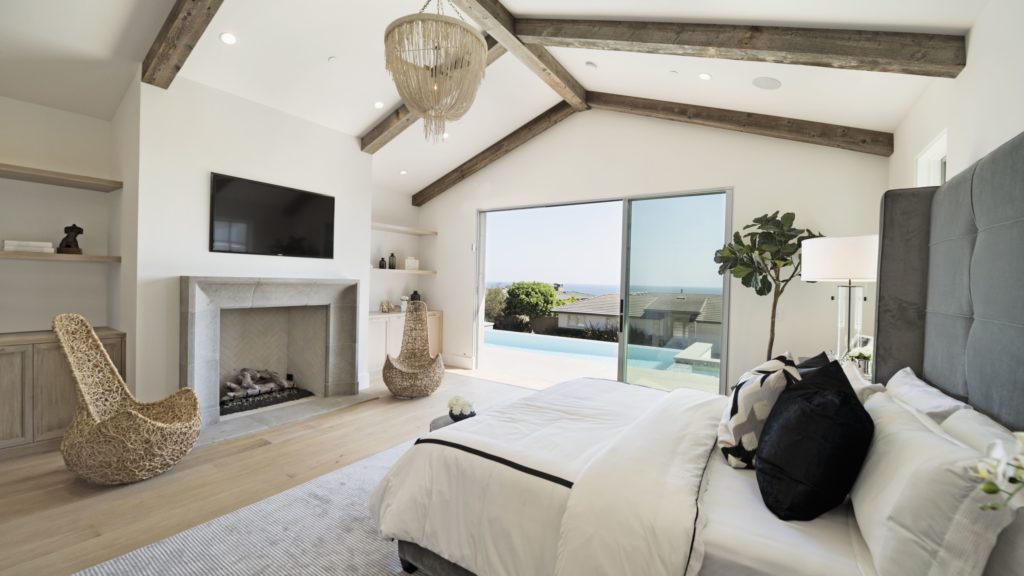
As mentioned in our last post, per NFPA 72 Chap. 18.4.6, the sound level of in-unit alarm notification in sleeping areas has to be either 15 dB over ambient, 5 dB over the highest measured sound level having a duration of at least 60 seconds or 75 dB at the pillow, whichever is greater. 75 dB at the pillow is almost always the greatest, so that’s the level that’s usually applied. NFPA considers the living room couch a sleeping unit, but areas like the bathroom just need 15 dB over ambient. Smoke alarm/detector sounders are required by UL to put out 85 dB (measured at 10’) at a minimum. Most, if not all, put out over 90 dB. If one smoke alarm/detector activates, the others are required to activate as well, so you’ll get 75 at the pillow and everywhere else.
When To Use
The ambiguity that’s susceptible to interpretation comes from fire alarm system signals & the use of low frequency sounders. Alarm notification that comes from a fire alarm system is also supposed to meet Chap. 18.4.6, but in addition, it has to achieve that sound level via a low frequency sounder (Chap 18.4.6.3). To recap, audibility from the activation of an in-unit alarm is provided by the integral sounders of the smoke alarm, but that signal isn’t governed by Chapter 18 in NFPA 72, so it doesn’t have to be low frequency unless the unit is designated as ADA, section 504 or hearing loss units. When a building’s fire alarm system is used to alert residents, the audibility level of that notification comes from a fire alarm system controlled device, so it must utilize a low frequency output device per NFPA 72 Chap. 18.4.6.3 to provide notification in sleeping units.
Where To Use
To get 75 dB at the pillow for a building evacuation tone generated by the fire alarm system, a low frequency sounder or speaker installed in each bedroom and in the living space is usually required. You will not achieve 75 dB at the pillow in bedrooms with a closed door from a low frequency fire alarm horn in the corridor. You may be able to achieve it if the horn is near the bedroom, but it’s a roll of the dice that should be verified as soon as the walls & doors go up. Add in sound absorbing materials and the loss of dB through the door & there’s a very good chance you’ll measure less than 75 dB at the pillow if you don’t have a sounder in the bedroom.
Chicago Requirements
In Chicago, the new building code requires speakers in the entryway & each sleeping unit of a high rise dwelling unit, so the low frequency tone would come from the speakers via the pre-announcement tone broadcast before the announcement. The dB level will be met by speaker wattage tap selection. In new Chicago non-high rise apartment buildings, you would only apply this to buildings that are required to have fire alarm systems, as opposed to buildings that are only required to have sprinkler systems.
Universal Solution
You can avoid the possibility of low frequency interpretation by installing system detectors with low frequency sounder bases. Single station alarms don’t have low frequency capability. That way you’d get low frequency notification in all instances. Plus you can turn on the sounders anytime you want via programming, so you can accommodate any subsequent scenario or interpretation from the DOB or the owner’s insurance company.
Affiliated Fire Systems has the experience, equipment and resources to ensure you meet code requirements the first time, at the most cost effective price point possible. We know that you hire us for our expertise and that’s what you’ll get proactively. Give us a call to see how we can partner with you on your installations.
Gene Rowe NICET IV, Fire Alarm Systems Affiliated Fire Systems, Inc.


Send us a Comment